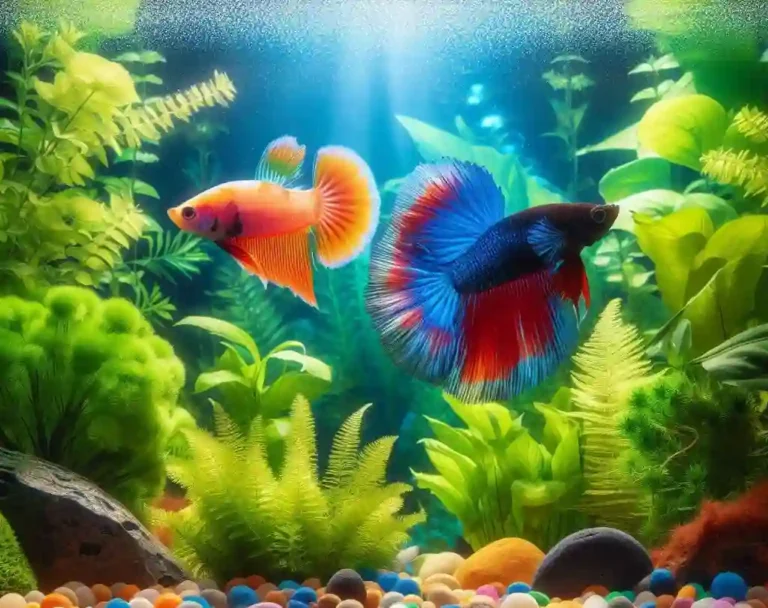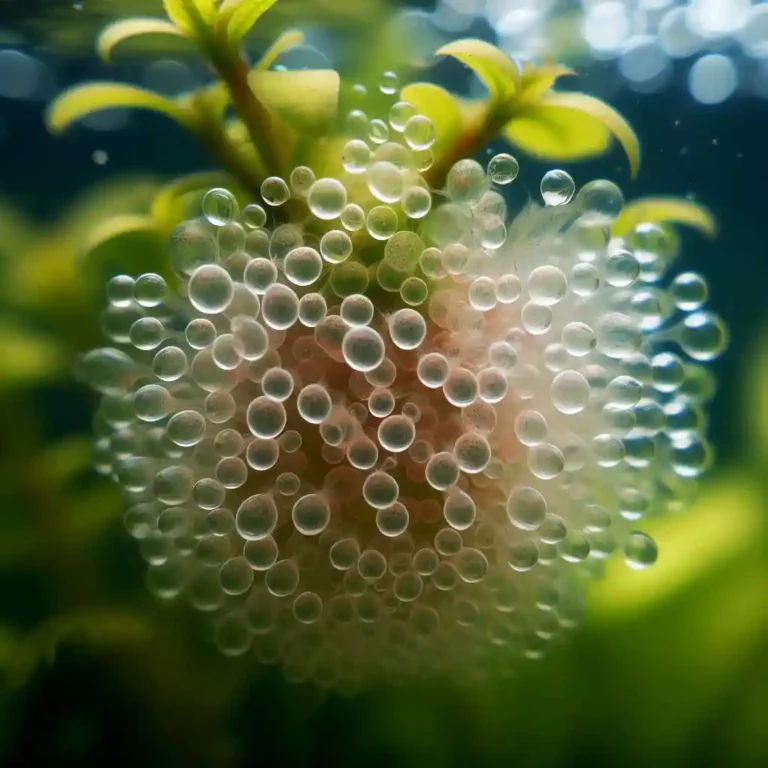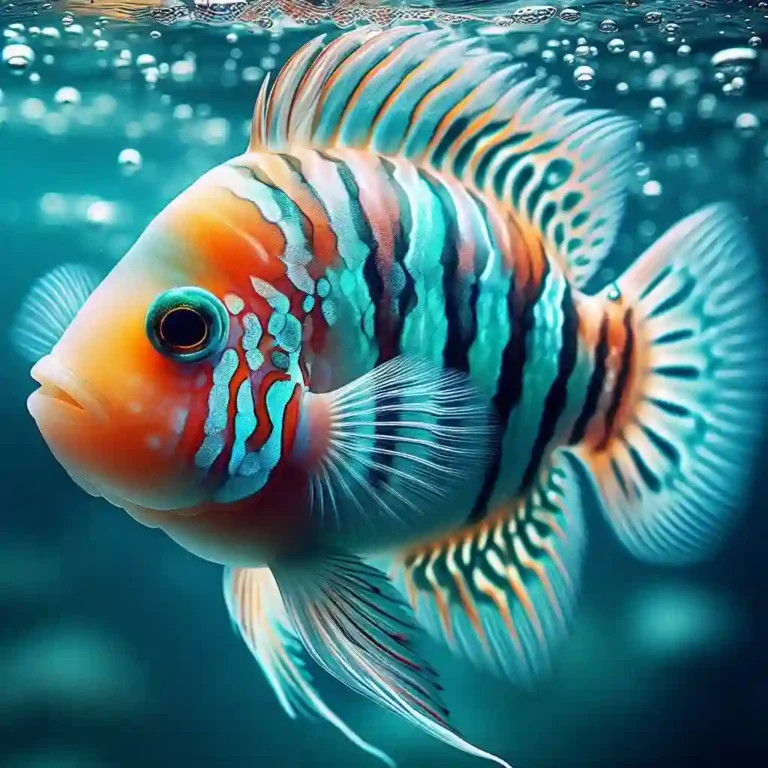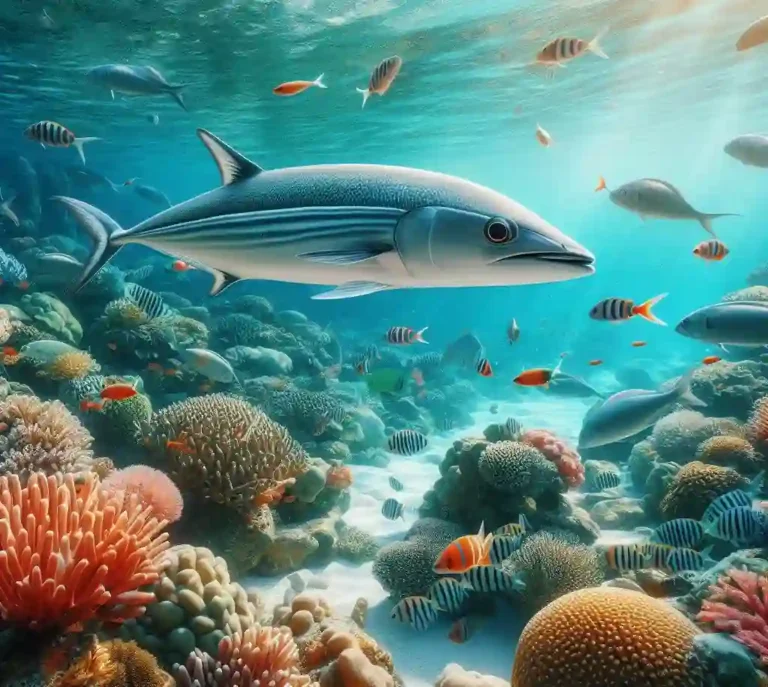Angelfish Egg Incubation: A Comprehensive Guide to Hatching and Raising Fry
Angelfish Egg Incubation: Are you ready to embark on an exciting journey of breeding and raising angelfish? With their majestic fins and vibrant colors, angelfish are a popular choice among aquarium enthusiasts.
But breeding these beautiful creatures requires patience, dedication, and a deep understanding of their unique needs.
In this comprehensive guide, we’ll take you by the hand and walk you through the entire process of breeding and raising angelfish.
Angelfish Egg Incubation: A Quick Guide
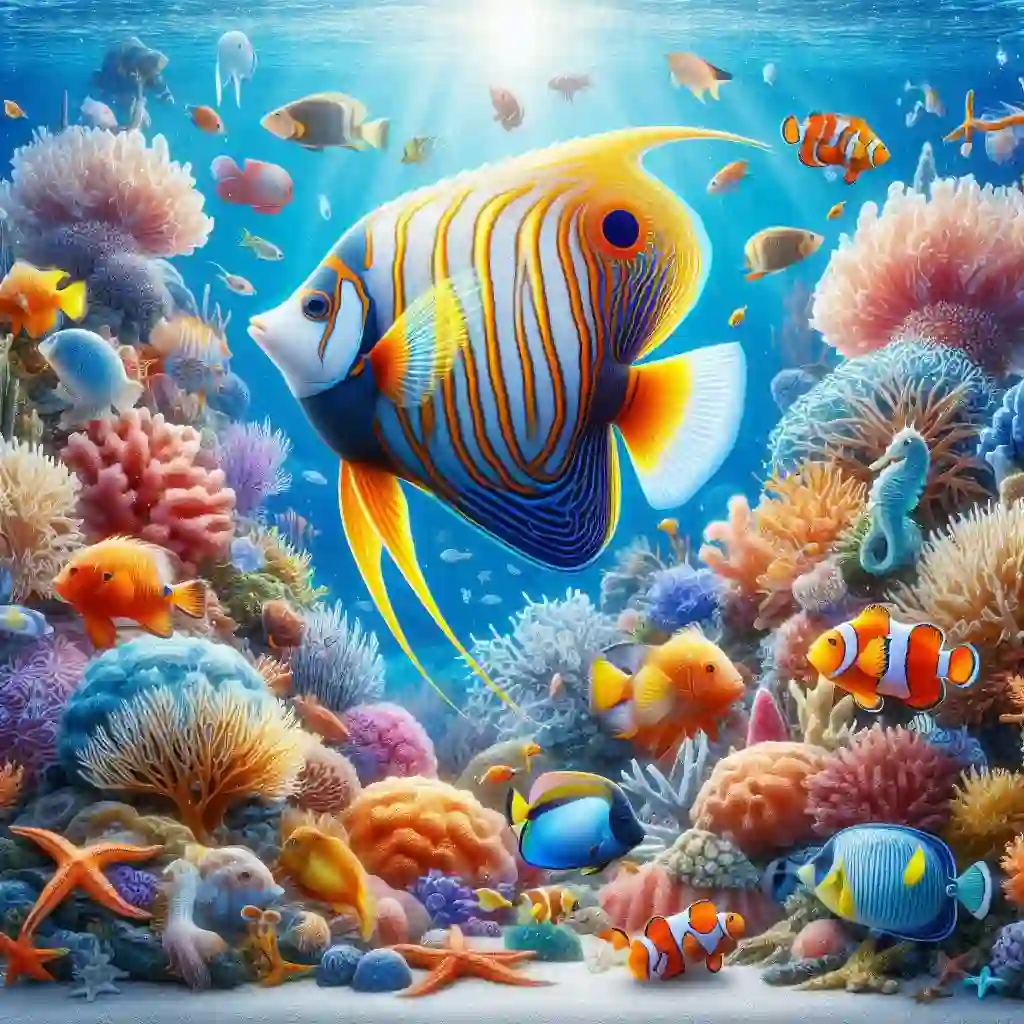
Step 1: Collect and Clean the Eggs
- Collect the eggs from the breeding tank and gently rinse them in a separate container with water from the breeding tank.
- Remove any debris or unfertilized eggs.
Step 2: Prepare the Incubation Container
- Use a clean, sterile container with a secure lid to prevent contamination.
- Add a small amount of water from the breeding tank to the container.
Step 3: Add the Eggs
- Gently place the eggs into the incubation container, making sure not to damage them.
Step 4: Maintain Optimal Conditions
- Keep the incubation container in a warm, dark place with a consistent temperature between 82°F to 86°F (28°C to 30°C).
- Maintain a pH level between 6.5 and 7.5.
- Monitor the water quality and perform regular water changes as needed.
Step 5: Monitor and Maintain
- Check the eggs daily for signs of development, such as the formation of the embryo or the presence of a yolk sac.
- Maintain the incubation container clean and free of debris.
Step 6: Hatch and Care for the Fry
- After 2-3 days, the eggs should start to hatch.
- Provide the newly hatched fry with infusoria or newly hatched brine shrimp as their first food.
- Monitor the fry’s growth and adjust their diet accordingly.
Understanding Angelfish Breeding Cycles
Stage 1: Courtship (1-2 weeks)
- Angelfish form pairs, and the male and female will swim together, often displaying intricate courtship behaviors.
- During this stage, the pair will clean a flat surface, such as a rock or a plant leaf, to prepare a spawning site.
Stage 2: Spawning (1-2 hours)
- The female angelfish will lay her eggs on the prepared spawning site, while the male fertilizes them.
- The female can lay up to 1,000 eggs, depending on her size and condition.
Stage 3: Egg Care (2-3 days)
- The male angelfish will care for the eggs, fanning them with his fins to keep them oxygenated and free of debris.
- The eggs will start to develop and become more transparent.
Stage 4: Hatching (2-3 days)
- The eggs will start to hatch, and the larvae will emerge.
- The larvae will absorb their yolk sacs and start to swim freely.
Stage 5: Fry Development (1-2 weeks)
- The larvae will develop into fry, and they will start to eat small foods like infusoria or newly hatched brine shrimp.
- The fry will grow rapidly, and their fins will start to develop.
The Incubation Period: What to Expect
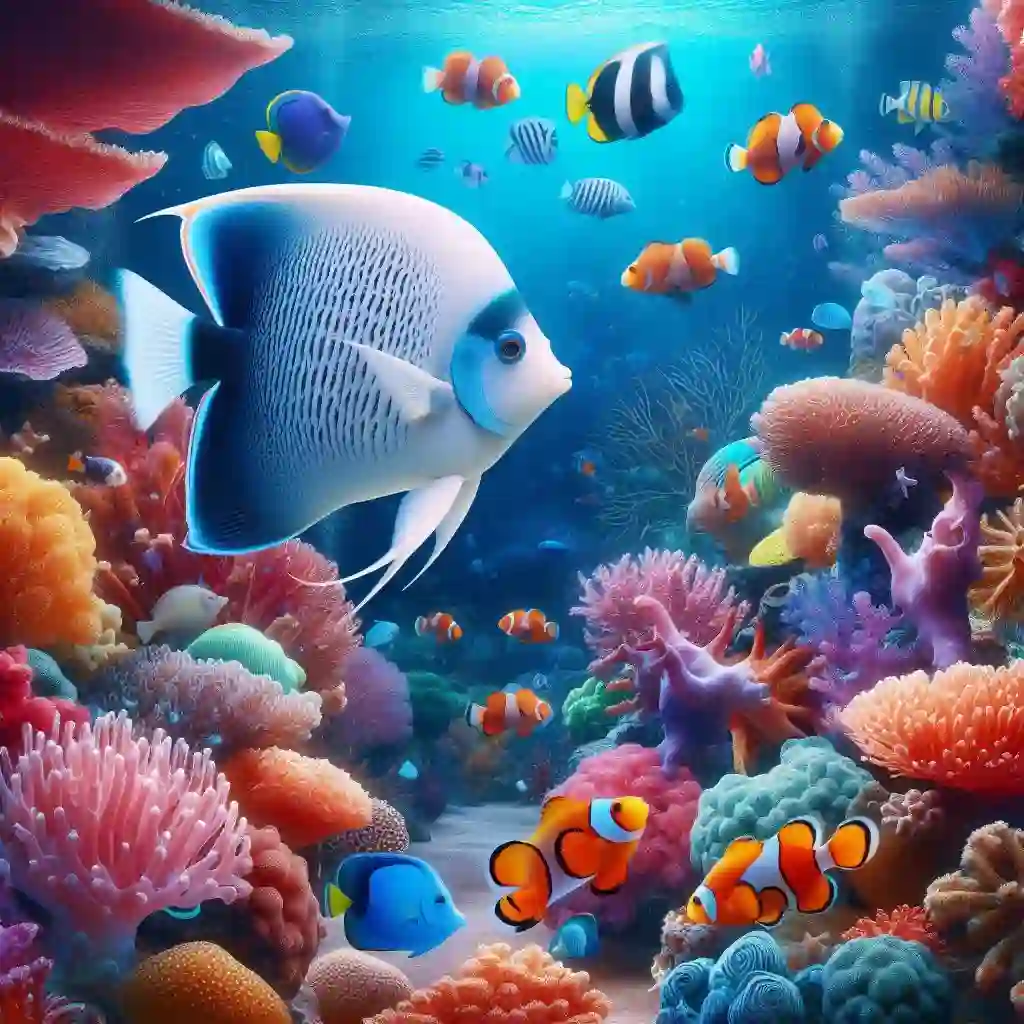
Day 1-2: Egg Development
- The eggs will start to develop and become more transparent.
- The eggs will start to absorb the yolk sac, which provides nutrients for growth.
Day 3-4: Embryo Formation
- The embryos will start to form, and you may notice a slight movement within the eggs.
- The eggs will start to darken in color, indicating the development of the embryo.
Day 5-6: Eye Formation
- The embryos will continue to develop, and you may notice the formation of eyes.
- The eggs will start to take on a more rounded shape.
Day 7-8: Hatching Preparation
- The embryos will start to move more actively, preparing for hatching.
- The eggs will start to weaken, and you may notice a slight cracking of the eggshell.
Hatching (Day 2-3)
- The eggs will start to hatch, and the larvae will emerge.
- The larvae will be vulnerable and will need to absorb their yolk sacs before they can swim freely.
What to Look Out For
- Fungal infections: Fungus can infect the eggs, causing them to turn white or develop a cotton-like growth. Remove infected eggs to prevent the spread of the fungus.
- Egg binding: If the eggs are not fertilized or are not developing properly, they may become bound together. Remove these eggs to prevent them from contaminating the rest.
Tips for Successful Incubation
- Maintain good water quality and circulation to prevent fungal infections.
- Keep the water temperature between 82°F to 86°F (28°C to 30°C) to promote healthy development.
- Avoid disturbing the eggs or the spawning site, as this can cause stress and reduce the chances of successful hatching.
Factors Affecting Egg Hatching Time

1. Water Temperature
- Higher water temperatures (82°F to 86°F or 28°C to 30°C) can speed up the hatching process, while lower temperatures (76°F to 80°F or 24°C to 27°C) can slow it down.
2. Water Quality
- Poor water quality, such as high levels of ammonia or nitrite, can slow down or even prevent hatching.
- Regular water changes and a well-maintained aquarium can help maintain optimal water quality.
3. Egg Quality
- Fertile eggs are more likely to hatch successfully and quickly, while infertile eggs may not hatch at all.
- Eggs that are damaged or have been exposed to poor water quality may take longer to hatch or not hatch at all.
4. Oxygen Levels
- Adequate oxygen levels are essential for healthy egg development and hatching.
- Insufficient oxygen can slow down or prevent hatching.
5. Water Circulation
- Good water circulation can help to prevent fungal infections and promote healthy egg development.
- Poor water circulation can lead to stagnant water, which can slow down or prevent hatching.
6. Parental Care
- The male angelfish’s care and attention to the eggs can affect hatching time.
- A diligent male angelfish can help to keep the eggs clean and oxygenated, promoting healthy development and faster hatching.
7. Genetic Factors
- The genetic makeup of the parent fish can influence the hatching time and success rate.
- Some angelfish breeds or strains may have a faster or slower hatching time due to their genetic predisposition.
8. Age of Eggs
- Freshly laid eggs are more likely to hatch quickly and successfully, while older eggs may take longer to hatch or not hatch at all.
9. Environmental Stress
- Environmental stressors, such as sudden changes in water temperature or chemistry, can slow down or prevent hatching.
- A stable and stress-free environment can promote healthy egg development and faster hatching.
Optimal Water Conditions for Egg Hatching
1. Water Temperature
- Ideal temperature range: 82°F to 86°F (28°C to 30°C)
- Avoid sudden temperature changes, as this can stress the eggs and prevent hatching
2. pH Level
- Ideal pH range: 6.5 to 7.5
- Avoid extreme pH levels, as this can affect egg development and hatching
3. Water Hardness
- Ideal water hardness: 5-10 dGH (degrees of General Hardness)
- Avoid extremely soft or hard water, as this can affect egg development and hatching
4. Water Alkalinity
- Ideal water alkalinity: 3-6 dKH (degrees of Karbonate Hardness)
- Avoid extremely low or high alkalinity levels, as this can affect egg development and hatching
5. Oxygen Levels
- Ideal oxygen levels: 5-7 ppm (parts per million)
- Ensure adequate water circulation and oxygenation to prevent low oxygen levels
6. Water Clarity
- Ideal water clarity: Clear and free of debris
- Regular water changes and a well-maintained aquarium can help maintain optimal water clarity
7. Nitrite and Ammonia Levels
- Ideal levels: 0 ppm (parts per million) for both nitrite and ammonia
- Regular water changes and a well-maintained aquarium can help maintain optimal water quality
8. Water Circulation
- Ideal water circulation: Gentle to moderate water flow
- Ensure that the water circulation is not too strong, as this can disturb the eggs and prevent hatching
Tips for Maintaining Optimal Water Conditions
- Perform regular water changes (10-20% every week) to maintain optimal water quality
- Monitor water parameters regularly to ensure they remain within the ideal range
- Avoid overcrowding the aquarium, as this can lead to water quality issues
- Maintain a stable and stress-free environment to promote healthy egg development and hatching
Recognizing Fertile Eggs: A Guide
Characteristics of Fertile Eggs
- Shape and Size: Fertile eggs are typically spherical or slightly elliptical in shape and range in size from 1.5 to 2.5 mm in diameter.
- Color: Fertile eggs are usually yellowish-white or creamy in color, with a slightly darker spot at the center.
- Transparency: Fertile eggs are transparent or semi-transparent, allowing you to see the developing embryo inside.
- Yolk Sac: Fertile eggs have a distinct yolk sac, which provides nutrients to the developing embryo.
- Egg White: Fertile eggs have a clear or slightly cloudy egg white surrounding the yolk sac.
Characteristics of Infertile Eggs
- Shape and Size: Infertile eggs are often irregularly shaped, smaller, or larger than fertile eggs.
- Color: Infertile eggs may be white, opaque, or have an unusual color.
- Transparency: Infertile eggs are often opaque or cloudy, making it difficult to see inside.
- Yolk Sac: Infertile eggs may lack a distinct yolk sac or have an abnormal yolk sac.
- Egg White: Infertile eggs may have a cloudy, yellowish, or brownish egg white.
Tips for Identifying Fertile Eggs
- Observe the Eggs: Carefully observe the eggs under a magnifying glass or microscope to examine their shape, size, color, and transparency.
- Check for Embryo Development: Fertile eggs will show signs of embryo development, such as a visible embryo or a dark spot at the center.
- Monitor Egg Development: Observe the eggs regularly to monitor their development and identify any abnormal eggs.
- Remove Infertile Eggs: Remove infertile eggs to prevent them from contaminating the rest of the eggs and to promote healthy development of the fertile eggs.
Common Mistakes to Avoid
- Misidentifying Infertile Eggs: Avoid mistaking infertile eggs for fertile eggs, as this can lead to disappointment and wasted resources.
- Over-Handling Eggs: Handle eggs gently and minimize handling to prevent damage or contamination.
- Inadequate Water Quality: Ensure optimal water quality to promote healthy egg development and hatching.
Caring for Angelfish Eggs: Tips and Tricks
1. Maintain Good Water Quality
- Regularly test the water for ammonia, nitrite, and nitrate levels.
- Perform partial water changes (10-20% every week) to maintain optimal water quality.
2. Provide Adequate Water Circulation
- Ensure gentle to moderate water circulation to prevent eggs from settling on the substrate.
- Use a powerhead or adjust the direction of the filter outlet to create a gentle current.
3. Monitor Water Temperature
- Maintain a consistent water temperature between 82°F to 86°F (28°C to 30°C).
- Avoid sudden temperature changes, which can stress the eggs.
4. Maintain Humidity
- Keep the aquarium covered to maintain high humidity and prevent eggs from drying out.
- Use a glass or acrylic lid to maintain humidity and reduce evaporation.
5. Avoid Over-Handling Eggs
- Handle eggs gently and minimize handling to prevent damage or contamination.
- Use a soft-bristled brush or a pipette to gently move eggs if necessary.
6. Monitor Egg Development
- Observe eggs regularly to monitor development and identify any abnormalities.
- Remove infertile or damaged eggs to prevent contamination and promote healthy development.
7. Provide Adequate Oxygen
- Ensure adequate oxygen levels by maintaining good water circulation and surface agitation.
- Avoid overcrowding the aquarium, which can lead to low oxygen levels.
8. Avoid Chemical Contaminants
- Avoid using chemicals or medications that can harm the eggs or developing fry.
- Use only aquarium-safe products and follow the manufacturer’s instructions.
9. Maintain a Clean Aquarium
- Regularly clean the aquarium and decorations to prevent the buildup of debris and bacteria.
- Use a gravel vacuum to remove debris and waste from the substrate.
10. Be Patient
- Caring for angelfish eggs requires patience and attention to detail.
- Be prepared to spend time monitoring the eggs and making adjustments as needed.
When to Expect Hatching: A Timeline
Day 1-2: Fertilization and Cleavage
- The male angelfish fertilizes the eggs, and the eggs begin to cleave (divide) into multiple cells.
Day 3-4: Blastula Stage
- The eggs continue to divide and form a blastula, a hollow ball of cells.
Day 5-6: Gastrula Stage
- The blastula undergoes gastrulation, where the cells begin to differentiate into different layers (ectoderm, mesoderm, and endoderm).
Day 7-8: Organogenesis
- The embryo begins to form organs and tissues, such as the heart, liver, and nervous system.
Day 9-10: Hatching Preparation
- The embryo begins to prepare for hatching by absorbing the yolk sac and developing its fins and mouth.
Day 11-12: Hatching
- The eggs begin to hatch, and the larvae emerge.
Day 13-14: Free-Swimming Stage
- The larvae begin to swim freely and start to feed on small foods like infusoria or newly hatched brine shrimp.
Post-Hatching Care: Raising Healthy Fry
Initial Care (0-3 days)
- Provide a nutritious diet: Feed the fry infusoria or newly hatched brine shrimp 2-3 times a day.
- Maintain water quality: Perform 10-20% water changes daily to maintain optimal water quality.
- Monitor water temperature: Keep the water temperature between 82°F to 86°F (28°C to 30°C).
Growth Stage (3-7 days)
- Gradually introduce larger foods: Start feeding the fry small amounts of commercial fry food or powdered foods 2-3 times a day.
- Increase water changes: Perform 20-30% water changes daily to maintain optimal water quality.
- Monitor water temperature: Keep the water temperature between 82°F to 86°F (28°C to 30°C).
Weaning Stage (7-14 days)
- Introduce larger foods: Feed the fry small amounts of commercial flake or pellet food 2-3 times a day.
- Gradually increase water changes: Perform 30-50% water changes daily to maintain optimal water quality.
- Monitor water temperature: Keep the water temperature between 82°F to 86°F (28°C to 30°C).
Tips for Raising Healthy Fry
- Maintain a clean and well-maintained aquarium to prevent disease and stress.
- Monitor the fry’s growth and adjust feeding amounts accordingly.
- Avoid overfeeding, as this can lead to water quality issues and poor growth.
- Provide plenty of hiding places and plants to reduce stress and promote healthy growth.
Common Mistakes to Avoid
- Overcrowding the aquarium, which can lead to water quality issues and disease.
- Underfeeding or overfeeding, which can lead to poor growth and water quality issues.
- Failing to maintain optimal water quality, which can lead to disease and poor growth.
FAQs
Q: How long does it take for angelfish eggs to hatch?
A: Angelfish eggs typically take around 2-3 days to hatch.
Q: What is the ideal water temperature for angelfish breeding?
A: The ideal water temperature for angelfish breeding is between 82°F to 86°F (28°C to 30°C).
Q: How often should I perform water changes for my angelfish fry?
A: It’s recommended to perform 10-20% water changes daily for the first week, and then gradually increase to 20-30% water changes daily.
Q: What should I feed my angelfish fry?
A: Angelfish fry should be fed infusoria or newly hatched brine shrimp for the first few days, and then gradually introduced to commercial fry food or powdered foods.
Q: How can I prevent disease in my angelfish fry?
A: To prevent disease, maintain a clean and well-maintained aquarium, perform regular water changes, and monitor the fry’s health and growth.
Q: How long does it take for angelfish fry to grow to maturity?
A: Angelfish fry typically take around 6-12 months to grow to maturity, depending on factors such as water quality, diet, and genetics.
Q: Can I keep angelfish with other fish?
A: Angelfish can be kept with other peaceful community fish, but it’s recommended to avoid keeping them with fin-nippers or aggressive fish.
Q: How can I tell if my angelfish eggs are fertile?
A: Fertile angelfish eggs are typically yellowish-white in color, transparent, and have a distinct yolk sac. Infertile eggs may be white, opaque, or have an unusual color.

Hello, I’m Aria Cooper, the heart and soul behind Swimmy Buddies. As a devoted fish aficionado, I share my aquatic adventures and expertise to inspire your own underwater explorations. 🐠🌊


